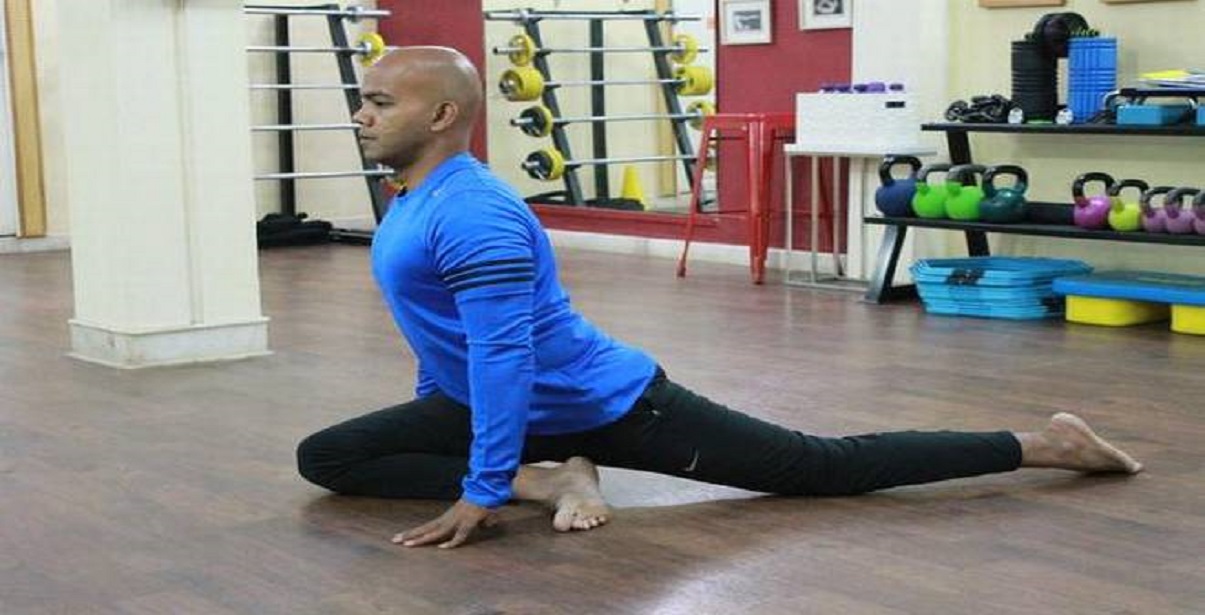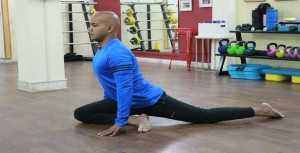
 The answer to that is quite simple: stretching your muscles and mobilizing your joints will save you. Mobility exercises are being emphasized in today’s fitness routines. Let’s take a look at some frequently asked questions on the subject. What are mobility exercises? When should they be done? How much should be done? Is mobility necessary even if a person is flexible?
The answer to that is quite simple: stretching your muscles and mobilizing your joints will save you. Mobility exercises are being emphasized in today’s fitness routines. Let’s take a look at some frequently asked questions on the subject. What are mobility exercises? When should they be done? How much should be done? Is mobility necessary even if a person is flexible?
In general terms, mobility and flexibility may sound the same, but they are technically different and have a major impact on your physical condition. Mobility drill refers to working on the joints to achieve a free movement within an optimum range. Flexibility drill refers to work on improving muscle length as it has a naturally elastic property, which is prone to shorten if it is not stretched or used up to its maximum range of motion.
There are many types of stretching like dynamic stretching, pop stretching, static stretching … but finally, all types help to improve muscle length and reach the maximum range of motion to play a sport, performing your workout in the gym and even in regular daily activities that are physically demanding. Stretching also improves blood flow to the muscle and makes the process of receiving nutrients and disposing of waste products more efficient. Tensile muscles also have a negative effect on posture and alignment leading to imbalance and reduction in optimal functioning. It is also a perfect recipe for injuries
If you have tense muscles, you need to stretch, but it is very important not to stretch too much. What happens if you do that? If you stretch your muscles too much, it leads to stretching of the ligaments and tendons, which are the ones that hold the joints together and keep them stable. A ligament is a fibrous tissue that connects one bone to another and a tendon is a fibrous tissue that connects a muscle to a bone.
Since they provide stability to the joints, they are not meant to be loose or over-flexible. They need to have some tension and stiffness, otherwise, they become unstable and susceptible to injury.
This is where mobility exercises help achieve the full range of motion in the joints. If you lack a range of motion in the joints, the body will naturally compensate for a dysfunctional movement pattern. When this happens while training with weights in a gym or with your own body weight, then an injury is lurking around the corner.
Effective mobility exercises gradually push a joint past its current range of motion, stretching smooth tendons and ligaments, making them stronger and more resilient. In addition, the joints do not have a blood supply as the muscles do. Instead, they are nourished by synovial fluid that acts as a lubricant. Mobility exercises bathe the joints in this synovial fluid, thus lubricating them and making them healthy and resistant.
When people are injured, it is typically in the joint, not in the muscle. In addition, as we age and with a sedentary lifestyle, mobility decreases. Therefore, it is important to make time for mobility exercises a part of your physical training.
Mobility exercises should be done before training as a warm-up, especially to the joints that will be loaded or trained on that particular day. It takes only 10 minutes. Before squats or lunges be sure to do hip mobility exercises. There are many other exercises for the other joints like shoulder, knee, and ankle. Remember, smart training is just as important as hard training.




